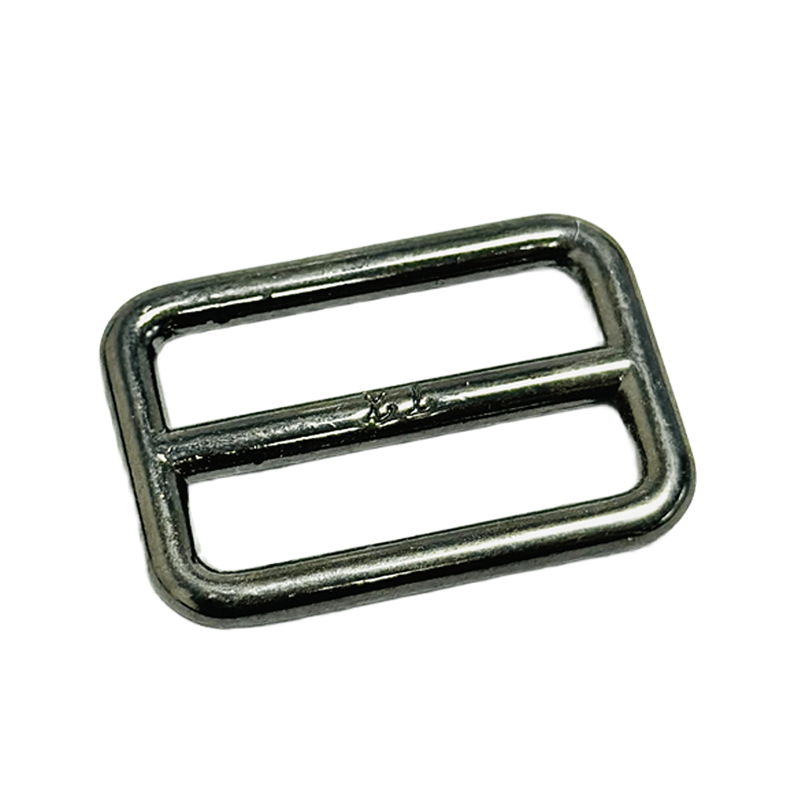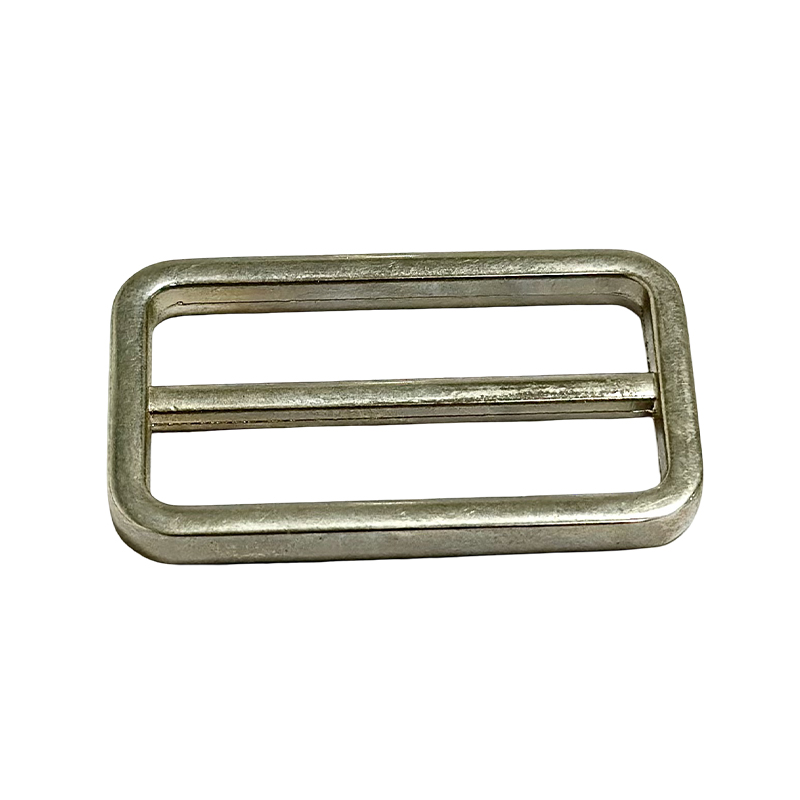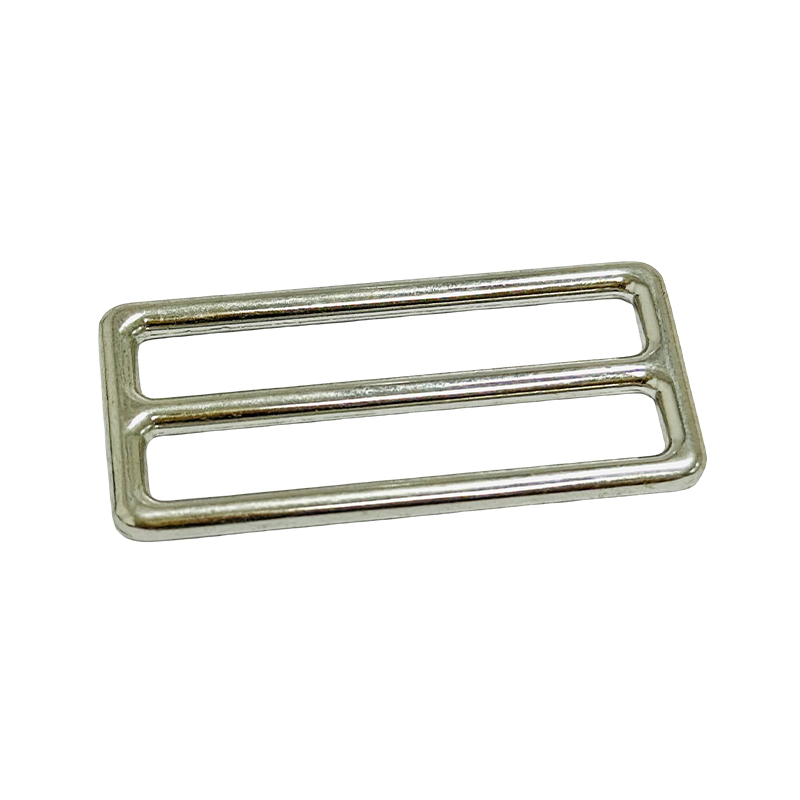What are the environmental advantages of using aluminum sheet trademark?
Release Time : 2025-07-10
In today's era of sustainable development, companies are paying more and more attention to the impact of their products and brand image on the environment. Choosing the right material to make a trademark is not only related to the brand's recognition and aesthetics, but also directly reflects the company's sense of responsibility in environmental protection. Aluminum sheet, as a widely used material, shows significant environmental advantages in aluminum sheet trademark.
1. Strong recyclability
Aluminum is a highly recyclable metal, which means that scrap aluminum sheet can be returned to the production line through simple reprocessing and become part of new products. According to research, the energy required to recycle aluminum is only about 5% of that required to extract aluminum from ore, and each ton of recycled aluminum can reduce carbon dioxide emissions by about 9 tons. Therefore, using aluminum sheet trademark helps to build a circular economy system and reduce resource waste and environmental pollution.
2. Low carbon footprint
The production process of aluminum sheet is relatively efficient, especially after the adoption of modern technology, which can significantly reduce carbon emissions. For example, although the electrolytic aluminum process has traditionally been considered a high-energy consumption process, with technological advances, such as the application of inert anodes, this process has become more energy-efficient. In addition, many aluminum suppliers have begun to use renewable energy to power production, further reducing greenhouse gas emissions throughout the life cycle. For brands that are committed to achieving carbon neutrality goals, choosing aluminum plates as trademark materials is undoubtedly a wise choice.
3. Lightweight design
Compared to other common metals such as steel or copper, aluminum has a lower density, which makes it very suitable for design occasions that need to reduce weight. When applied to trademark production, the lightweight characteristics can not only simplify the installation process, reduce transportation costs and related carbon emissions, but also reduce the load pressure of the building itself. Especially in application scenarios such as high-rise building exterior wall decoration or large billboards, the environmental benefits brought by this lightweight design are particularly obvious.
4. Durability and long life
Aluminum plates have excellent corrosion resistance and are not easily corroded by factors such as moisture and salt spray. They can maintain a good appearance even when exposed to outdoor environments for a long time. This means that trademarks made of aluminum plates do not need to be replaced frequently, thus avoiding additional waste caused by renewal. At the same time, a dense oxide film is easily formed on the surface of aluminum, which further enhances its protective ability and prolongs its service life. This feature not only reduces maintenance costs, but also reduces resource consumption caused by frequent replacement.
5. Diversified surface treatment technology
In order to meet the needs of different brands, aluminum sheets can obtain various colors and textures through a variety of surface treatment methods, such as anodizing, powder coating, etc. These treatment methods can not only give the trademark a unique visual charm, but most of them are environmentally friendly processes, using fewer chemicals or easy to recycle and reuse. For example, the waste liquid generated during the anodizing process can be recycled after proper treatment of the metal components in it; powder coating produces almost no volatile organic compounds (VOCs), and has little impact on air quality.
6. Promote green building design
With the popularity of green building concepts around the world, more and more architects tend to use environmentally friendly building materials to create energy-saving and environmentally friendly buildings. Aluminum sheets have become an ideal choice in the minds of many designers because of their excellent physical properties and outstanding environmental properties. The application of aluminum sheets in trademark production is not only a consideration of a single product, but also a contribution to the overall building environment. In this way, brands can not only enhance their own image, but also contribute to promoting the entire society to develop in a more sustainable direction.
In summary, the use of aluminum sheet trademarks not only meets the current market requirements for high-quality brand image building, but also reflects the company's attitude of actively fulfilling its social responsibilities. With its many advantages such as strong recyclability, low carbon footprint, lightweight design, good durability, diverse surface treatment technology and support for green building development, aluminum panels are undoubtedly one of the best choices for brands pursuing sustainable development goals.
1. Strong recyclability
Aluminum is a highly recyclable metal, which means that scrap aluminum sheet can be returned to the production line through simple reprocessing and become part of new products. According to research, the energy required to recycle aluminum is only about 5% of that required to extract aluminum from ore, and each ton of recycled aluminum can reduce carbon dioxide emissions by about 9 tons. Therefore, using aluminum sheet trademark helps to build a circular economy system and reduce resource waste and environmental pollution.
2. Low carbon footprint
The production process of aluminum sheet is relatively efficient, especially after the adoption of modern technology, which can significantly reduce carbon emissions. For example, although the electrolytic aluminum process has traditionally been considered a high-energy consumption process, with technological advances, such as the application of inert anodes, this process has become more energy-efficient. In addition, many aluminum suppliers have begun to use renewable energy to power production, further reducing greenhouse gas emissions throughout the life cycle. For brands that are committed to achieving carbon neutrality goals, choosing aluminum plates as trademark materials is undoubtedly a wise choice.
3. Lightweight design
Compared to other common metals such as steel or copper, aluminum has a lower density, which makes it very suitable for design occasions that need to reduce weight. When applied to trademark production, the lightweight characteristics can not only simplify the installation process, reduce transportation costs and related carbon emissions, but also reduce the load pressure of the building itself. Especially in application scenarios such as high-rise building exterior wall decoration or large billboards, the environmental benefits brought by this lightweight design are particularly obvious.
4. Durability and long life
Aluminum plates have excellent corrosion resistance and are not easily corroded by factors such as moisture and salt spray. They can maintain a good appearance even when exposed to outdoor environments for a long time. This means that trademarks made of aluminum plates do not need to be replaced frequently, thus avoiding additional waste caused by renewal. At the same time, a dense oxide film is easily formed on the surface of aluminum, which further enhances its protective ability and prolongs its service life. This feature not only reduces maintenance costs, but also reduces resource consumption caused by frequent replacement.
5. Diversified surface treatment technology
In order to meet the needs of different brands, aluminum sheets can obtain various colors and textures through a variety of surface treatment methods, such as anodizing, powder coating, etc. These treatment methods can not only give the trademark a unique visual charm, but most of them are environmentally friendly processes, using fewer chemicals or easy to recycle and reuse. For example, the waste liquid generated during the anodizing process can be recycled after proper treatment of the metal components in it; powder coating produces almost no volatile organic compounds (VOCs), and has little impact on air quality.
6. Promote green building design
With the popularity of green building concepts around the world, more and more architects tend to use environmentally friendly building materials to create energy-saving and environmentally friendly buildings. Aluminum sheets have become an ideal choice in the minds of many designers because of their excellent physical properties and outstanding environmental properties. The application of aluminum sheets in trademark production is not only a consideration of a single product, but also a contribution to the overall building environment. In this way, brands can not only enhance their own image, but also contribute to promoting the entire society to develop in a more sustainable direction.
In summary, the use of aluminum sheet trademarks not only meets the current market requirements for high-quality brand image building, but also reflects the company's attitude of actively fulfilling its social responsibilities. With its many advantages such as strong recyclability, low carbon footprint, lightweight design, good durability, diverse surface treatment technology and support for green building development, aluminum panels are undoubtedly one of the best choices for brands pursuing sustainable development goals.







